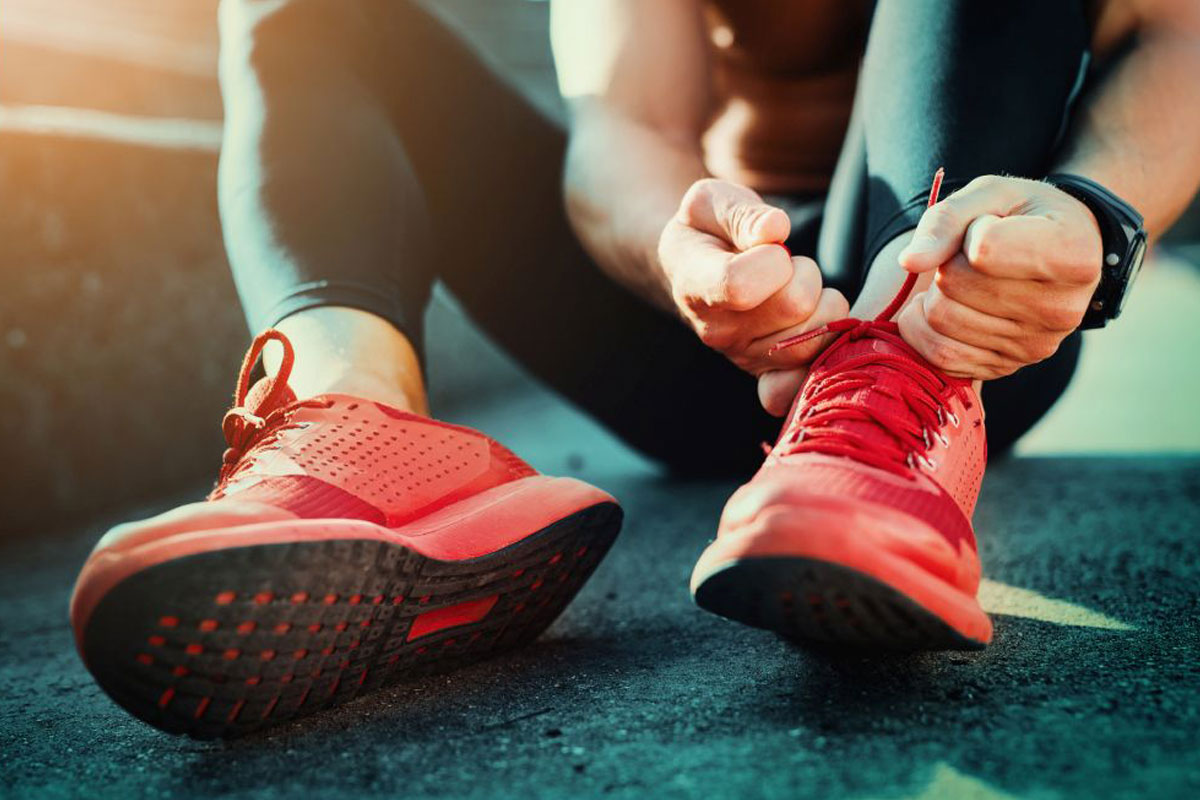When it comes to sports, the right equipment can make all the difference. Among the most crucial pieces of gear, your choice of footwear stands out as a game-changer. Whether you’re a seasoned athlete or a recreational enthusiast, wearing the right shoes for your sport is essential for performance, comfort, and injury prevention. In this comprehensive guide, we’ll dive into the importance of selecting the proper footwear for various sports and activities.
1. Running Shoes: The Foundation for Runners
Running is one of the most accessible and popular forms of physical activity. However, not all running shoes are created equal. The right pair can improve your performance and reduce the risk of injury. Here are some key considerations: Running Style: Are you a neutral runner, an over pronator, or a supinator? Knowing your running style is crucial for selecting the right shoe with appropriate cushioning and support. Terrain: Do you primarily run on roads, trails, or tracks? Different terrains demand different features in a running shoe, such as tread patterns and sole cushioning. Distance: Are you a sprinter or a long-distance runner? Shoe weight and cushioning can vary significantly between these two categories.
2. Court Shoes: The Secret to Court Dominance
Court sports like tennis, basketball, and volleyball require quick lateral movements and frequent changes in direction. To excel in these sports, specialized court shoes are essential: Tennis Shoes: Tennis shoes are designed with durability and lateral support in mind. They often feature reinforced toes for quick stops and starts on the court. Basketball Shoes: Basketball shoes are built for the demands of the game, offering ankle support and cushioning for high-impact jumps and sprints. Volleyball Shoes: Volleyball shoes prioritize stability and agility, with gum rubber outsoles for optimal grip on the court.
3. Cleats: Traction on the Field
Sports like soccer, football, and baseball involve running on grass or turf, which can be slippery. Cleats, with their unique stud patterns, provide the necessary traction: Soccer Cleats: Soccer cleats come in various configurations, from firm ground (FG) for dry grass to soft ground (SG) for wet conditions. Choose accordingly to match the field’s condition. Football Cleats: Football cleats offer stability and grip for quick bursts of speed and sudden changes in direction. They often come in low-top, mid-top, and high-top styles. Baseball Cleats: Baseball cleats focus on traction and support during batting, pitching, and fielding. Look for molded or metal cleats depending on your league’s regulations.
4. Cross-Training Shoes: Versatility for the Multi-Sport Athlete
For those who engage in a variety of activities, cross-training shoes can be a versatile choice. These shoes offer balanced support, cushioning, and stability for a range of exercises: Gym Workouts: Cross-trainers are suitable for weightlifting, aerobics, and other indoor workouts where you need stability and comfort. HIIT (High-Intensity Interval Training): The cushioning and support of cross-trainers make them ideal for the high-impact nature of HIIT workouts.
5. Hiking Boots: Tackling the Trails
Hiking is a wonderful way to connect with nature and stay active. However, it requires specific footwear, especially if you’re hitting the trails: Hiking Boots: Hiking boots offer ankle support, waterproofing, and durable outsoles with deep treads for stability and grip on uneven terrain.
6. Cycling Shoes: Power on Pedals
Cycling shoes are designed to maximize your pedaling efficiency and connection with the bike’s pedals: Road Cycling Shoes: These are lightweight and feature a rigid sole for better power transfer to the pedals. Mountain Biking Shoes: Designed for off-road adventures, these shoes often have treaded soles for traction when walking on rough terrain.
7. Water Shoes: Embracing Aquatic Activities
Water sports like kayaking, paddle boarding, and snorkeling require specialized footwear to protect your feet: Water Shoes: These are designed to provide traction on slippery surfaces, protect against rocks and debris, and drain water quickly.
8. Climbing Shoes: Scaling New Heights
For rock climbing enthusiasts, climbing shoes are an essential piece of equipment.
Climbing Shoes: These are designed to fit snugly on your feet and provide precision and grip on the climbing holds.
In addition to considering the type of shoe for your sport, don’t forget these essential tips:
Proper Fit: Always prioritize the right fit. Shoes that are too tight or too loose can lead to discomfort and injury. Consider the width, length, and arch support.
Socks Matter: The right socks can enhance the performance of your sports shoes. Moisture-wicking and cushioned socks can make a significant difference in comfort.
Replace when worn: Sports shoes have a limited lifespan. Replace them when you notice signs of wear and tear, as worn-out shoes can increase the risk of injury.
Conclusion
In conclusion, choosing the right footwear for your sport is not just a matter of style; it’s a vital aspect of your performance and safety. Invest time in researching and trying different options to find the perfect fit. Your feet will thank you, and you’ll be better equipped to excel in your chosen sport.

